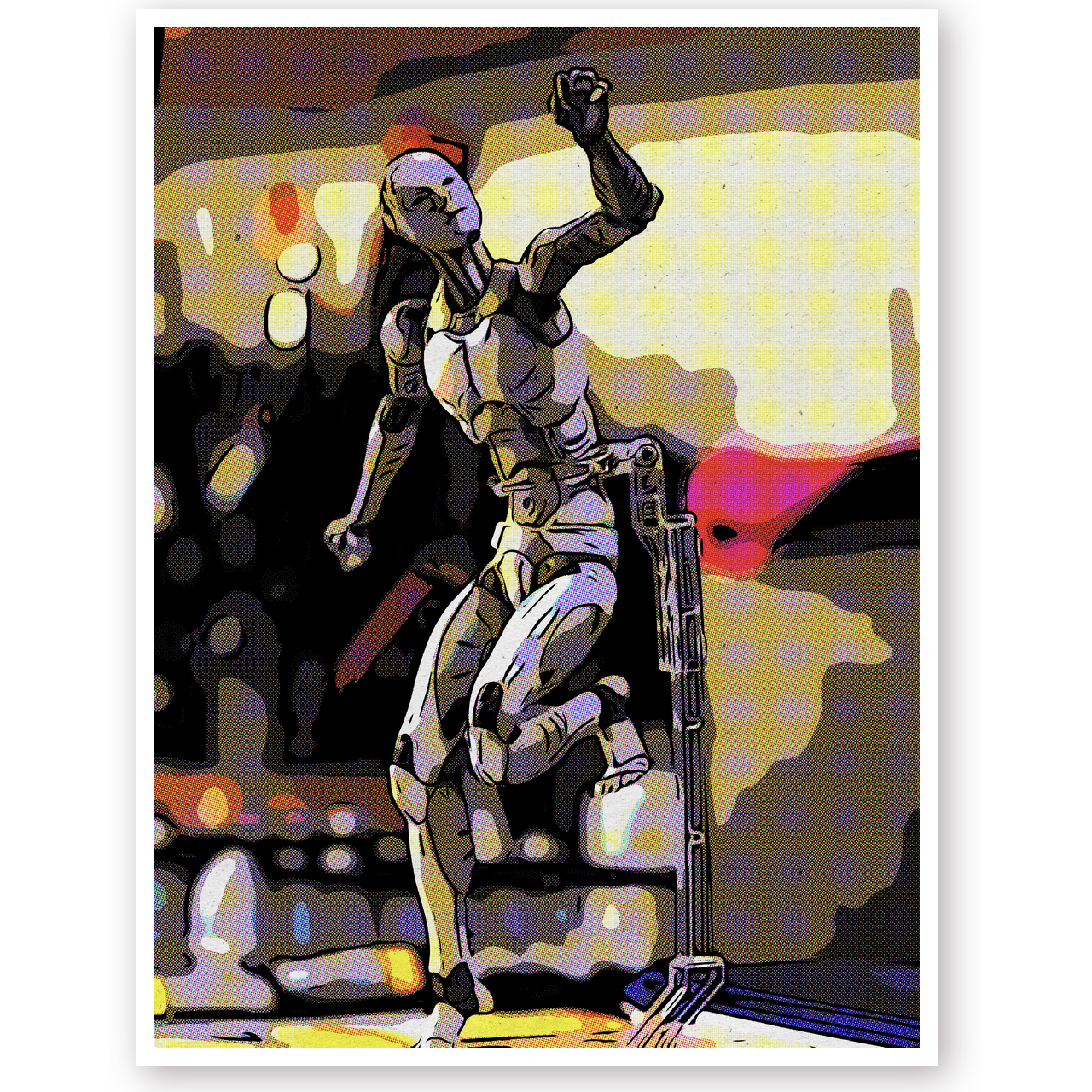Acknowledgements

This website is built on Hugo, a static site generator written in go. It is largely the work of a conversation - well, more of a series of thousands of questions asked, answered and then tried out locally to vet answers for hallucinations and errors - over four weeks between myself and ChatGPT o1 and GPT-4o, with occasional assistance from Github Copilot in VSCode.
It uses HTML5 and CSS, javascript and bash, plus imagemagick on MacOS for processing images. It is built in Amazon Web Services using terraform and bash scripts.
Photographs are taken with Fujifilm X series and G series cameras and lenses, and Apple iPhone Pro cameras. Some of the earlier images of paintings are taken with a Mamiya RZ 67 Pro II medium format film camera with the negatives scanned with a Nikon medium format film scanner, and a Canon 5D 22MP digital camera and lenses. The very earliest digital images were from an Olympus 2MP Digital Camera. The earliest film images are by a Canon Sureshot 35mm film camera.
Printing is by a Canon ImagePROGRAF PRO-2600 24” roll printer using Canon Lucid pigment inks and custom color profiles. Art prints are on archival acid-free 300g museum paper, which makes these prints Giclée quality1. Photographs are printed on 170g Canon Luster II Photo Paper (Archival quality) or 300g museum rag (Giclée quality). B & H Photo Video in New York City is the source for much of the printing and photographic equipment over the years, with KEH in Georgia for used film equipmment.
Paints and supplies are from Dick Blick and Jackson’s Art and Cheap Joe’s. Brushes are Dick Blick and Rosemary & Company in the U. K..
Canvases are from Dick Blick. Most are gallery-wrapped, 1-1/2" deep.2
Easels are Klopfenstein3 and Mabef. I have a convertible4 Mabef beechwood easel I ordered from Amazon.com as “Used” and in “Good” condition. It came to me in a home-made box barely held together by packing tape, in dented pieces, missing half of the exotic European metric hardware. I sanded down and refinished it and, thanks to a very complete parts list, put it back together. I love it.
I use a lot of Jorgensen Pony clamps to stabilize lighting, hang backdrops and to secure art work supports to easels.
Studio and photographic lights are by Great Video Lighting. The color-balanced LED lights are outstanding for both studio and photographic lighting.
Scenery by Earth, third planet out from Sol. Imagination from Robert A. Heinlein, Pablo Picasso, Edward Hopper, Banksy, Ansel Adams, Diane Arbus, Samantha Keeley Smith, Frank Frazetta, and many, many artists and writers and sculptors throughout time. Outdoor lighting by the Architect who designed and built the sun and then lit the night with a moon and stars.
Musical inspiration and joy comes from Jesse Cook, The Beatles, Miles Davis, Diana Krall, Norah Jones, The Association, Joni Mitchell, Melody Gardot, Rachael Price, Marc Cohn, Chris Isaak, Lyle Lovett, too many others to list, and from the gift of recorded and live music.
—spence
Giclée Standard: “Giclée” isn’t an ISO-certified or officially regulated standard. It’s a widely used term for: Archival pigment inks (rather than dye-based), High-resolution inkjet printing, Acid-free, archival paper or canvas, and Proper color management with ICC profiles. ↩︎
Gallery-wrapped Canvas: Canvas that is wrapped around the entire stretcher bar frame, then stapled on the back. This allows painting the sides of the canvas. ↩︎
Klopfenstein is a metal-frame studio easel manufactured in Ohio. These are commonly used for large canvases and heavy substrates, and are also often found in schools and shops, as they are basically indestructable. ↩︎
Convertible Easel: an easel that can support painting materials both vertically and horizontally, making them useful for oil and acrylic paints (vertical) and for watercolors (horizontal). Many also allow tilting slightly forward for working with pastels. ↩︎